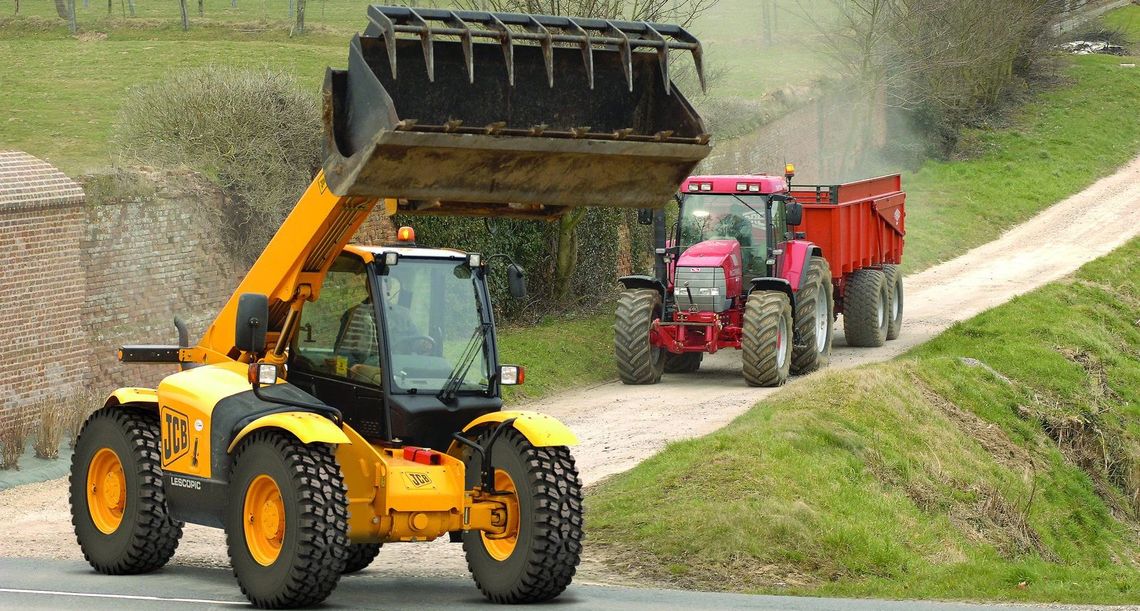17-07-2023
The MICHELIN CROSSGRIP range intended for industrial, agricultural, and handling uses is expanding
MICHELIN CrossGrip, a unique design that combines comfort and energy efficiency
Two new dimensions for the MICHELIN CROSSGRIP range, allowing for fitting to handling, agricultural and even industrial machines
A versatile range for use all year round on roads, grass, and snow
The MICHELIN CROSSGRIP range is expanding with two new dimensions: 400/70R20 and 480/80R26, for a broad spectrum of vehicles. In fact, it can be fitted to industrial, agricultural, or handling equipment. It is particularly suited to mini loaders, reach forklifts and agricultural tractors up to 200 HP.
Boasting great versatility for use on roads, grass and snow, the MICHELIN CROSSGRIP range is part of the Michelin compact tire category.
In terms of technology, its tread has deep grooves and a brand-new rubber compound that:
Enables performance regardless of the weather conditions
Ensures the comfort and safety of machine operators
Guarantees excellent grip on slippery surfaces while providing protection
Increases productivity and its uses
The MICHELIN radial structure gives this tire maximum manoeuvrability on hard surfaces and at high speeds.
The MICHELIN CROSSGRIP tire optimizes the machines’ energy efficiency, regardless of whether these are powered by combustion engines or electric, thanks to low rolling resistance. This allows for reducing fuel consumption, as well as an increase in electric vehicle range.
This new range has been the subject of an in-depth and rigorous testing process in order to assess the grip and braking on compact snow, and has obtained the official M&S* certification, which proves that this tire is a reliable product suited to winter conditions.
MICHELIN CrossGrip tire product sheet
*M&S certification: these guarantees use on mud or snow thanks to the tire casing, which comprises obliquely layered plies and wires that gives the tread a specific geometry.
Don't miss anything!
Spokespersons
Discover the Group's spokespersons
